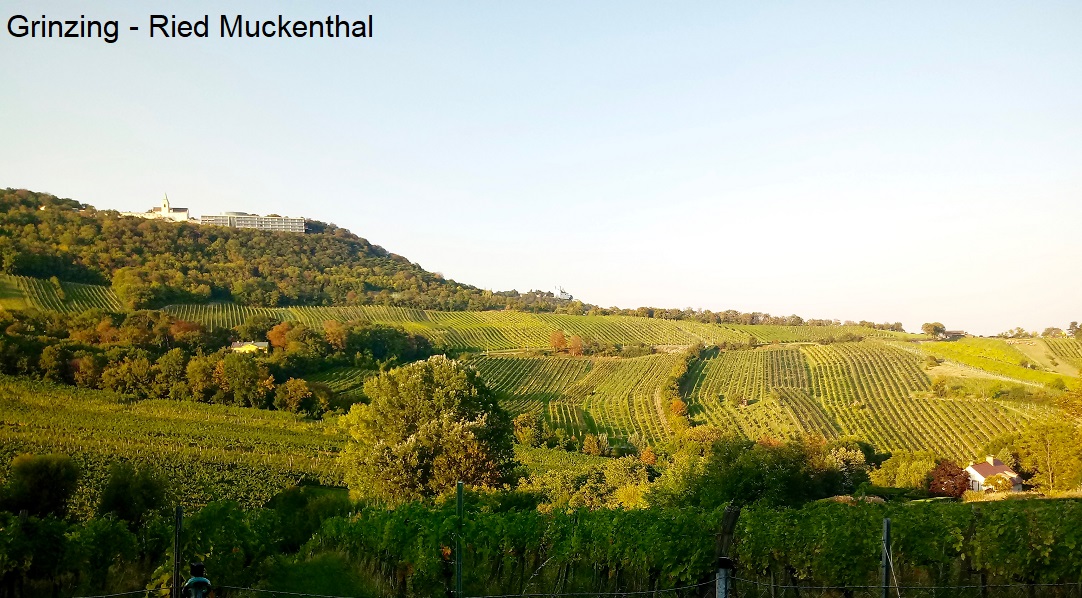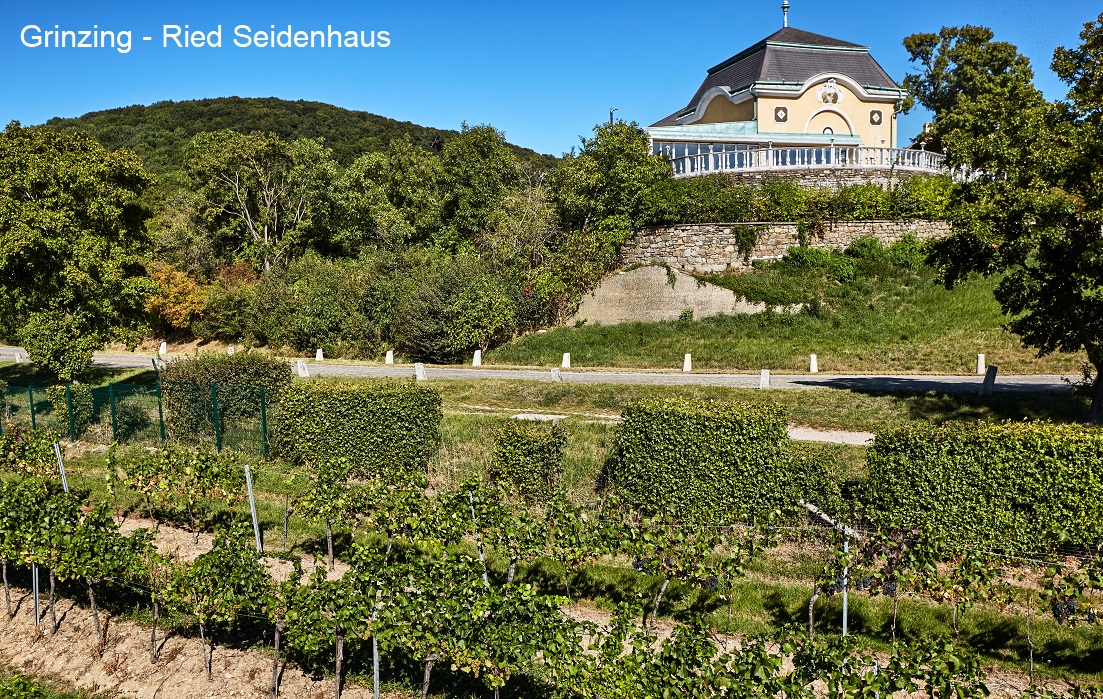Catastral municipality of the 19th municipal district of Döbling in Wien, which is considered the epitome of the Viennese Heurigen par excellence (although there are several other first-class Heurigen areas in the Austrian capital, such as Sievering, Heiligenstadt, Stammersdorf, Neustift am Walde, Nußdorf and Mauer ). The existence of the village dates back to the 12th century. The monastery Klosterneuburg first acquired "de Grincing" vineyards in 1114, a place called "Grinzingen" is mentioned in 1156. In the Middle Ages, the village was mainly inhabited by winegrowers, farmers and day labourers. From the reign of Emperor Joseph II (1741-1790) - the son of Maria Theresa - "wine trips" around Wien were common and from the middle of the 19th century Grinzing became a popular Heurigen venue for the Viennese. Many artists such as Wolfgang Amadeus Mozart (1756-1791), Franz Schubert (1797-1828) and Ludwig van Beethoven (1770-1827) enjoyed stopping in Grinzing. The latter lived for a few months in 1817 at the present address Pfarrplatz 2. The Heurigenlokal of the Mayer winery on Pfarrplatz with vineyard property in Grinzing is located in this listed building and named after him as the "Beethovenhaus".

From 1890 to 1892 Grinzing was incorporated with other suburbs into Wien and assigned to the district of Döbling. This is where the majority of Vienna's vineyards are located, with 86 vineyards, a good part of which are in Grinzing. These are Arnolzau, Glocken, Hauermandl, Hungerberg, Kleben, Muckenthal, Pisenkopf, Point, Reisenberg, Ring, Schenkenberg, Schreibern, Seidenhaus, Sommeregg, Steinberg, Thorsäulen and Wagenspaer. The many Heurigen (Buschenschanken) serve the wine of the same name. This is traditionally made from Gemischter Satz, but also Grüner Veltliner, Riesling and other varieties. In the meantime, this wine has achieved DAC honours as Wiener Gemischter Satz. The Gespritzte is especially popular in the warm months. Small groups of musicians often sing and play in the pubs. Incidentally, the famous tram line "38" ends in Grinzing, which is aptly called the Heurigen Express in Viennese folklore and is sung about in a Viennese song. In the course of its incorporation into Wien, a lane in Grinzing was named after the Roman Emperor Marcus Aurelius Probus (232-282), who, however, probably never visited this then border town.

Muckenthal: By Funke - Own work, CC BY-SA 4.0, Link
Silk House: © Herbert Lehmann 2018
Voices of our members

The glossary is a monumental achievement and one of the most important contributions to wine knowledge. Of all the encyclopaedias I use on the subject of wine, it is by far the most important. That was the case ten years ago and it hasn't changed since.
Andreas Essl
Autor, Modena